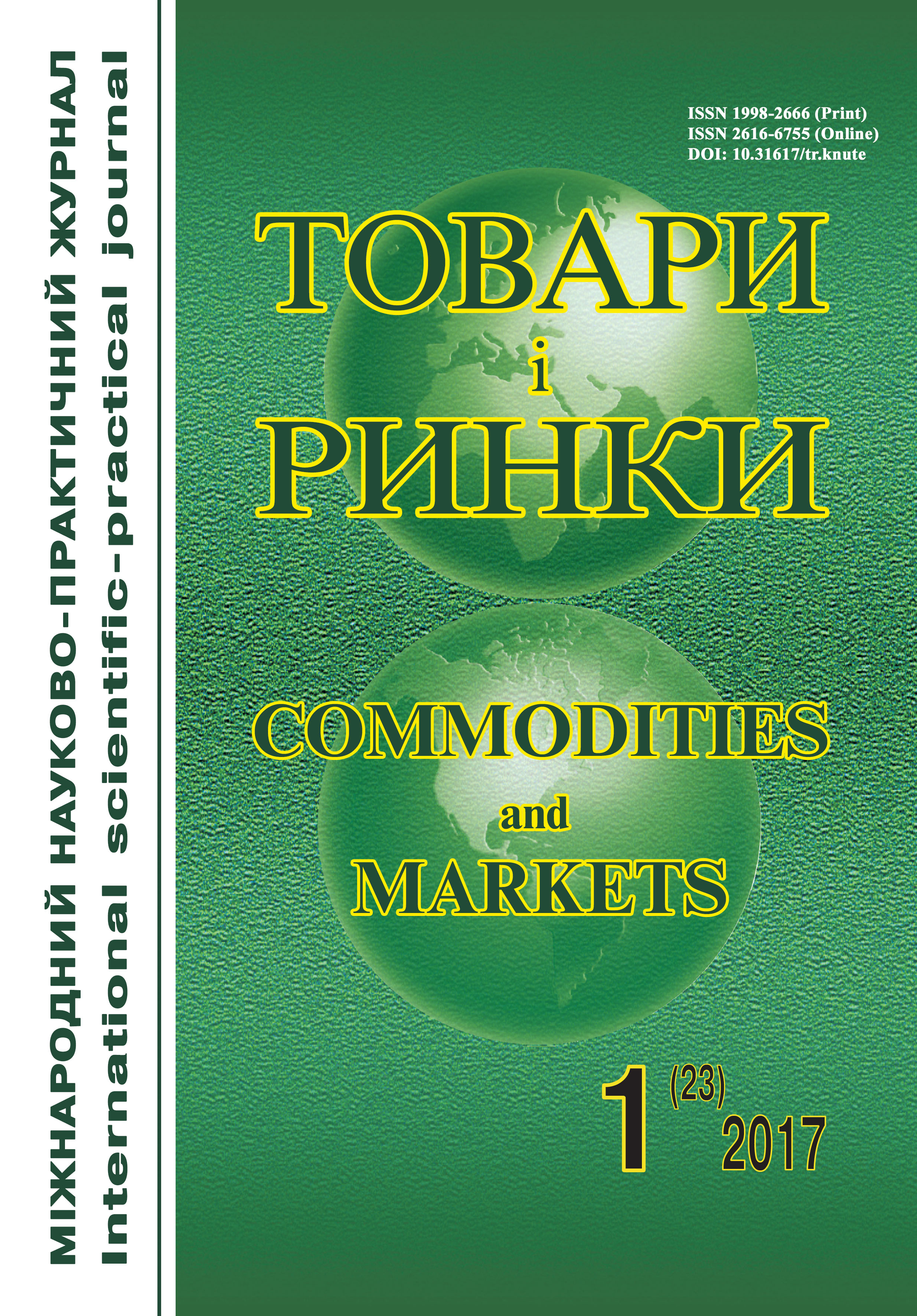Safety of cultural monuments from metals
Keywords:
cultural monuments from metals, microstructure, chemical composition, admixtures, authenticityAbstract
Background. Referring to the knowledge of physics of metals one can identify the nature of the processes that occur in materials during the transition from the molten to solid state, phase transformations of substance in complex physical and chemical processes and also structural and material changes in metals that occur during a long time of their existence. This knowledge is important for applications in practical authenticity expertise of the ancient history artifacts and during the restoration work.
The aim of the study is to diagnose the natural transformation of metals and metal alloys during long time storage and explain the nature of gradual recrystallization of metals in the artifacts of ancient history. Special attention is given to safety when working with cultural monuments.
Material and methods. Analytical researches of cultural monuments of metals were conducted on their surfaces with an optical microscope, scanning electron microscopy and X-ray microprobe analysis. We studied some particles of metal that were taken from the surface of the item at various places.
Results. The results of analytical researches of cultural monuments of different chronological periods, which are made of copper, iron, gold and silver were presented. We studied the microstructure and chemical composition of minerals of patina on the cultural monuments from metals. In particular, it was found that the gold hryvna of ancient Greece IV-III century BC is covered with harmful substances – hydroxides and hydrogen carbonates of copper and iron. The authors researched the minerals of patina on the silver jewelry of Kievan Rus XII-XV period, confirmed the gradual migrations of the impurity ions (copper, arsenic, iron) from the silver alloy, which lasted for a long time. Thus, the formation of patina is directly associated with the natural aging and recrystallization of metal alloy during a long time of its existence.
Conclusion. The possibility of identification of authentic history artifacts by the features of distribution of chemical admixtures on their surfaces and by studying the structural features of the structure of the mineral crusts of patina was proved. Observation of these features allows experts to see a significant difference between the historical monuments and their modern forgeries.
Particular attention should be given to the danger associated with the work of experts and restorers. Harmful admixtures that are found on the surface of the items and are in the form of soluble chemical compounds, contacting the skin can enter into chemical reactions and form chemically dangerous substances and pose a significant threat to human health.
References
Shul'ce G. Metallofizika. M. : Mir, 1971. 503 s.
Balandin G. F. Formirovanie kristallicheskogo stroenija otlivok. Kristallizacija v litejnoj forme. M. : Mashinostroenie, 1973. 288 s.
Grabskij M. V. Struktura granic zeren v metallah. M. : Metallurgija, 1972. 160 s.
Batyrev V. A. Rentgenospektral'nyj jelektronno-zondovyj mikroanaliz. M. : Metallurgija, 1982. 188 s.
Skott V., Lava G. Kolichestvennyj jelektronno-zondovyj mikroanaliz. M. : Mir, 1986. 352 s.
Smirnova A. V., Kokorin G. A., Polonskaja S. M. Jelektronnaja mikroskopija v metallovedenii. M. : Metallurgija, 1985. 192 s.
Hamajko N., Onoprijenko N. Zastosuvannja rentgenografichnogo metodu dlja doslidzhennja arheologichnogo metalu poganoi' zberezhenosti : zb. nauk. pr. shhorichnoi' nauk.-prakt. konf. v Nacional'nomu muzei' istorii' Ukrai'ny. Kyi'v, 2016. S. 199—205.
Eugster O., Kramers J., Krähenbühl U. Detecting forgeries among antique gold objects using the U,Th-4He dating method. Archaeometry 51. 2009. Р. 672—681.
Eugster O., Niedermann S., Thalmann C., Frei R., Kramers J., Krähenbühl U., Liu Y.Z., Hofmann B., Boer R.H., Reimold W.U., and Bruno L. Noble gases, K, U, Th, and Pb in native gold. J. Geophys. Res. 100. 1995. N. B12. Р. 24677—24689.
Minzhulin O. I. Restavracija tvoriv z metalu. Kyi'v : Spalah, 1998. 230 s.
Straumal B. B. Fazovye perehody na granicah zeren. M. : Nauka, 2003. 327 s.
Rybakov B. A. Kievskaja Rus' i russkie knjazhestva XII–XIII vv. M. : Nauka, 1982. 589 s.



